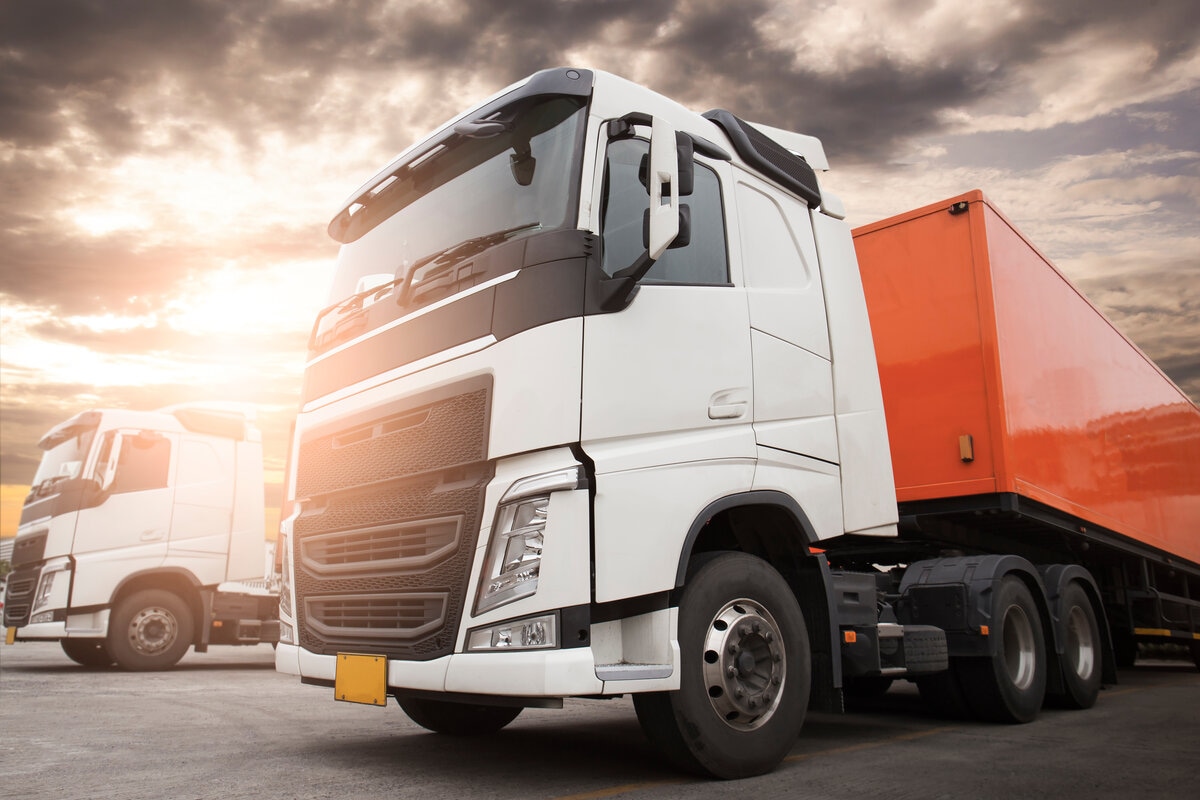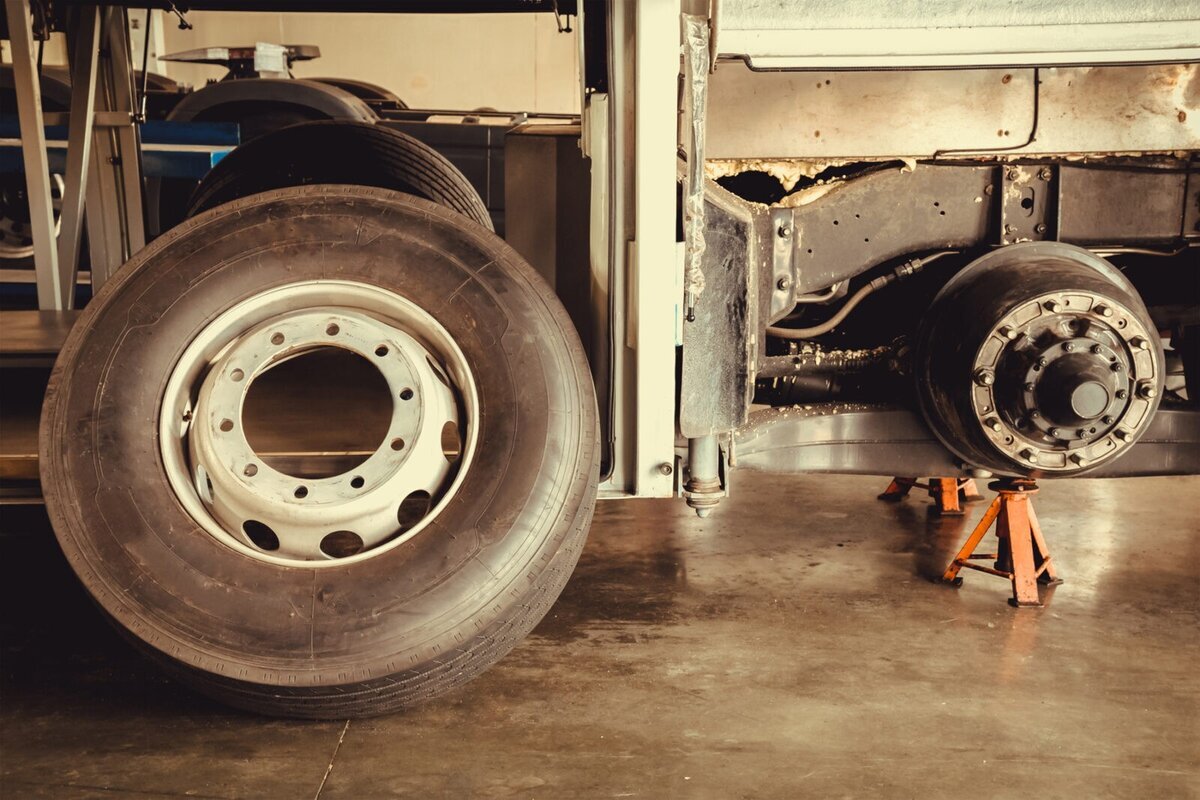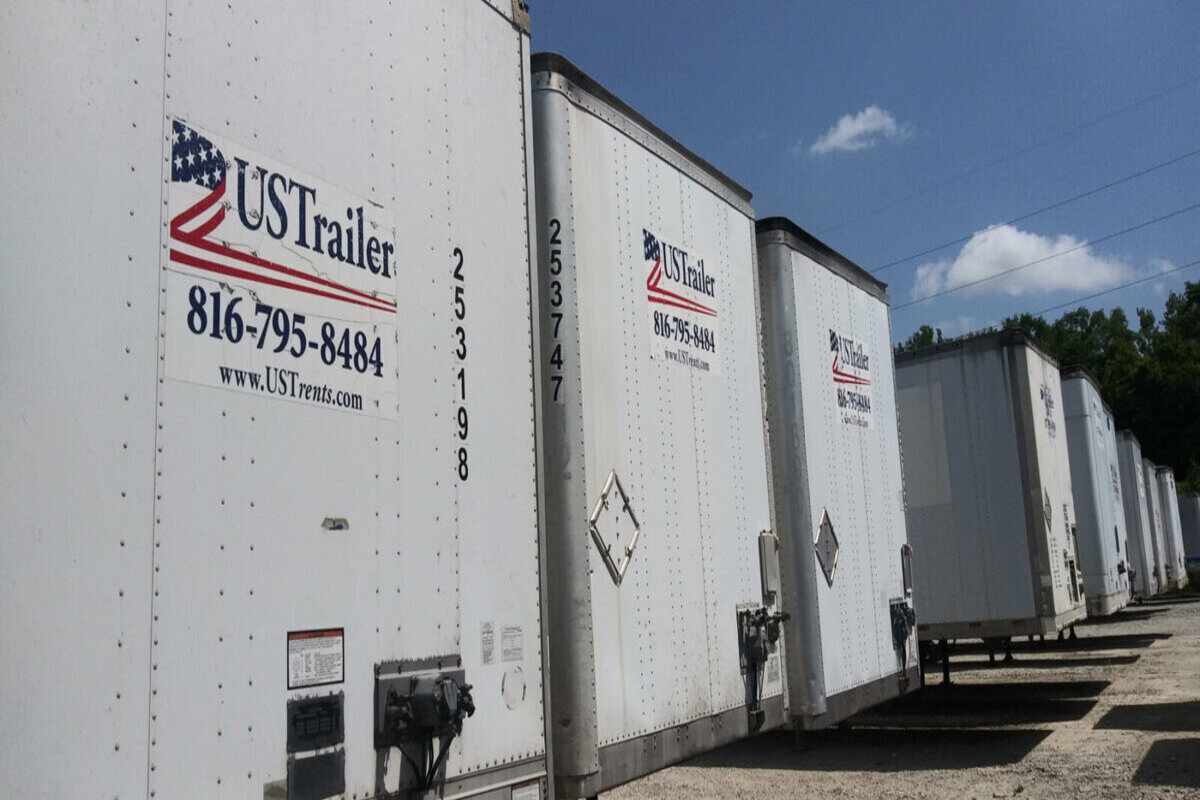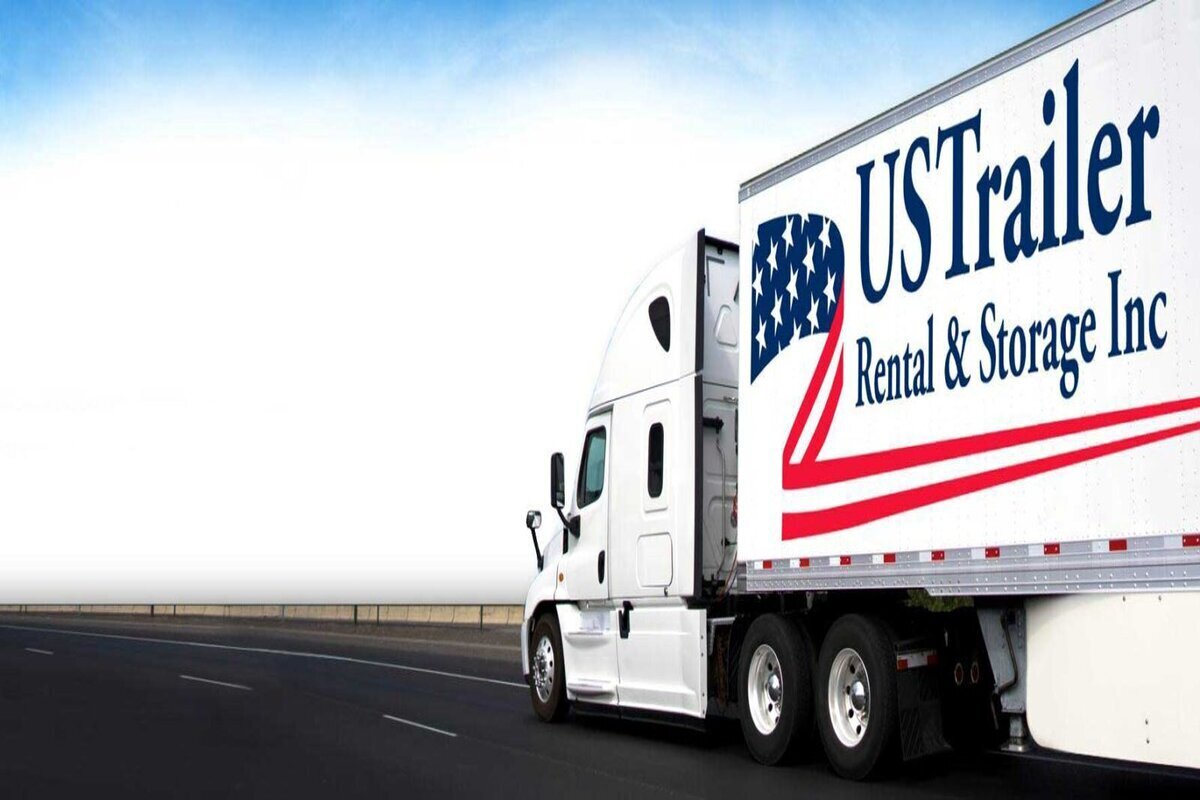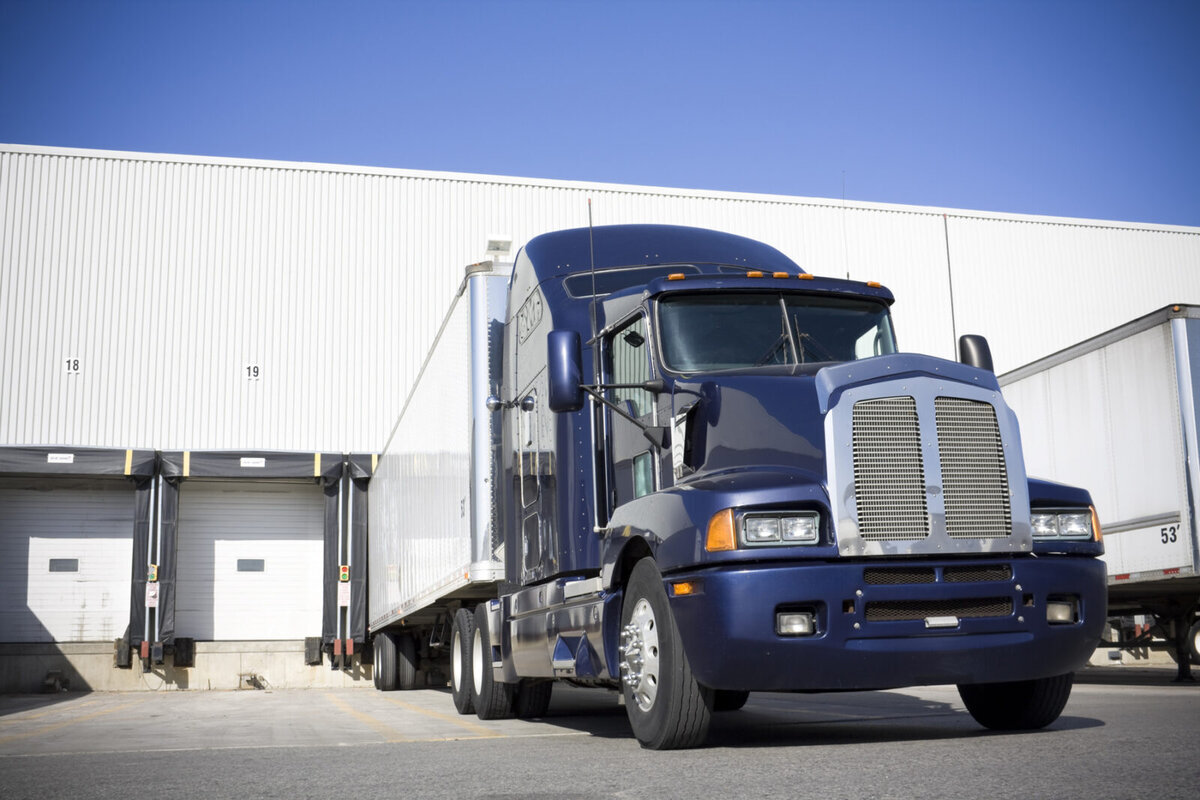When considering trailer suspension options, the discussion frequently centers on the choice between air ride vs. spring ride trailer suspension systems. Both systems have their unique advantages and applications, making the choice dependent on your specific needs, including the type of cargo you haul, your budget, and the driving conditions you typically encounter. This blog post aims to provide a comparison to help you make an informed decision.
Understanding Trailer Suspensions
What is Air Ride Trailer Suspension?
Air ride suspension uses airbags filled with air to provide a cushion against road shocks. This system automatically adjusts to the load weight, enhancing the ride quality and reducing the wear on the trailer. It’s particularly beneficial for sensitive cargo that can be damaged by harsh transport conditions.
What is Spring Ride Trailer Suspension?
Spring ride suspension, on the other hand, utilizes metal leaf springs to absorb road shocks. This traditional system is known for its durability and simplicity. While it might not offer the same level of ride smoothness as air ride, it’s typically less expensive to maintain and repair, making it a cost-effective choice for many operators.
Comparing Air Ride and Spring Ride Trailer Suspension
Ride Quality
When it comes to ride quality, air ride suspensions are generally superior. They provide a smoother ride over bumps and uneven road surfaces, protecting the cargo from potential damage. This makes air ride ideal for transporting fragile items or high-value equipment that requires extra care.
Spring ride suspensions, while reliable, do not offer the same level of shock absorption. However, they are perfectly suitable for hauling heavy, durable goods that are not sensitive to vibration or jolts.
Maintenance and Durability
Spring ride trailer suspensions are less complex than air ride systems, resulting in lower maintenance costs and fewer potential points of failure. Their robust design can withstand rough handling and conditions, making them a dependable choice for heavy-duty applications.
Air ride suspensions, with their pneumatic components and electronic controls, may require more attention and higher maintenance costs. Regular inspections are necessary to ensure the airbags and associated systems are functioning correctly.
Cost Considerations
Initial investment and ongoing maintenance costs are crucial factors in the decision-making process. Generally, spring ride suspensions are less expensive upfront and cheaper to maintain over time. Air ride systems, while offering significant benefits in terms of ride quality and cargo protection, come with a higher purchase price and maintenance expenses.
Application Specifics
Choosing between air ride and spring ride trailer suspensions also depends on the application. For general freight that doesn’t require special handling, spring ride may be sufficient and more economical. For specialized cargo, like electronics, pharmaceuticals, or fine art, the additional investment in air ride suspension could be justified by the higher level of protection it provides.
Conclusion
The decision between air ride and spring ride trailer suspension is not a one-size-fits-all solution. It depends on a variety of factors, including the type of cargo you transport, your budget, and your maintenance capabilities.
For those hauling sensitive or high-value items, the superior ride quality and cargo protection offered by air ride suspension may be worth the extra cost. However, if your primary concerns are durability, low maintenance, and cost-effectiveness, spring ride suspension offers a robust and reliable solution.
Ultimately, understanding the specific needs of your operation and the nature of your cargo will guide you to the best suspension system for your trailer, ensuring your goods arrive safely and your operation runs smoothly.
If you’re still unsure about which trailer suspension system is right for you, our team of experts is here to help. Contact us today to discuss your requirements and get personalized advice on choosing between air ride and spring ride trailer suspensions.

